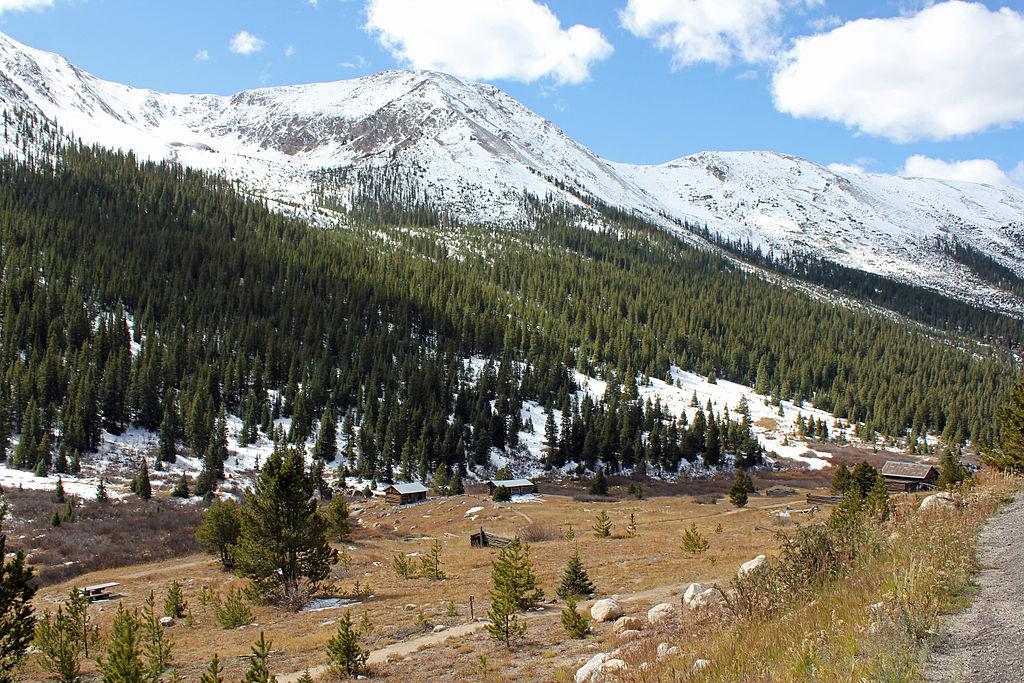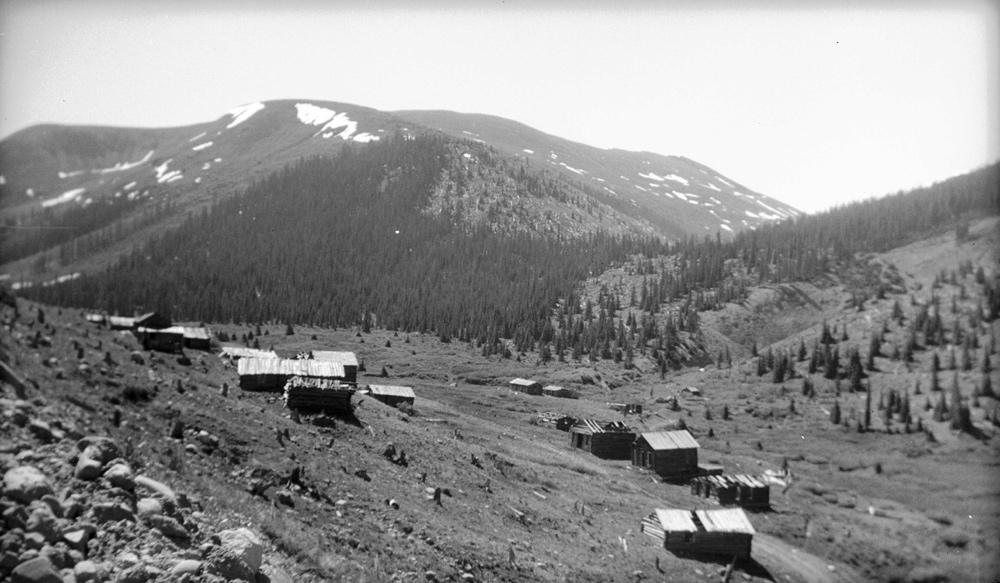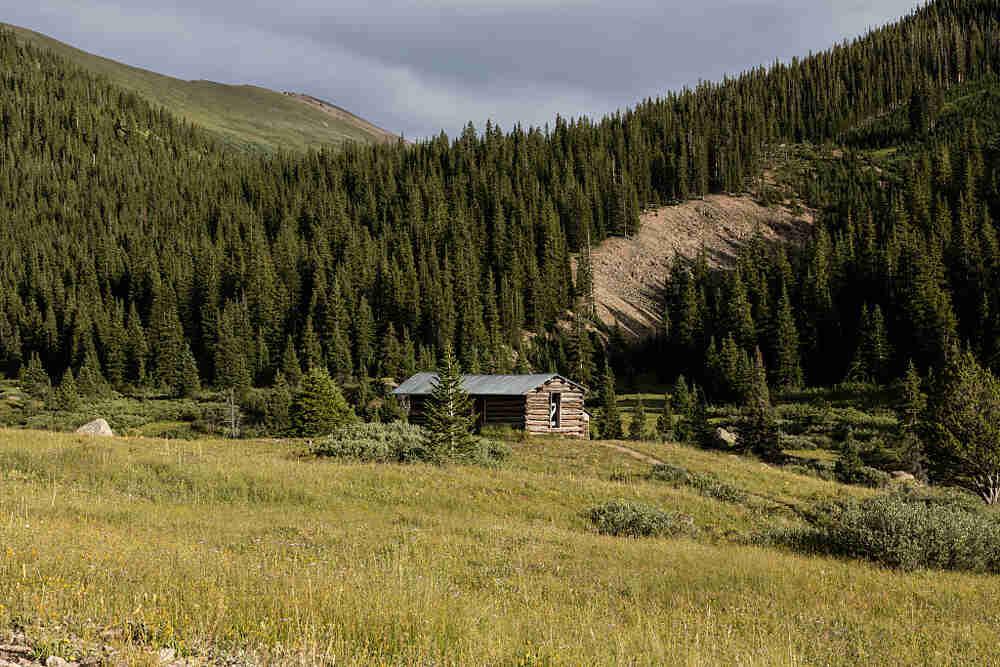Independence
Full Article
Located just west of Independence Pass at an elevation of about 10,900 feet, the town of Independence was established in 1879 and boomed briefly in the early 1880s, reaching an estimated population of 1,500. In the mid-1880s, the town’s harsh climate and the availability of better jobs in Aspen led many residents to move, and in 1899 severe snowstorms drove away the final remnant. The ghost town’s buildings deteriorated for many decades until the Aspen Historical Society initiated restoration and preservation efforts in the 1970s and 1980s.
Boom
In the late 1870s prospectors from the silver boomtown of Leadville started to spread throughout the central Colorado mountains seeking to strike it rich. As miners filed over Hunter’s Pass (now Independence Pass), they discovered gold just a few miles down the Roaring Fork River. The find was made on July 4, 1879, so the mining camp that sprang up nearby was called Independence. Over the next few decades the town tried on a variety of names—including Chipeta, Sparkhill, Farwell, Mammoth City, and Mount Hope—but Independence was the only one that stuck.
A rare gold camp in an otherwise silver-rich region, Independence became the first successful mining camp in the Roaring Fork Valley. In 1879 a group of Leadville entrepreneurs started the Farwell Consolidated Mining Company and quickly bought up most of the top mining claims near Independence. The company built a stamp mill in 1880 and produced about $100,000 of gold in 1881.
With mining success came population growth and development. From its origins as a crude tent camp, Independence passed quickly to a town of wood cabins. The town’s population grew from 300 in 1880 to 500 in 1881, when it claimed several grocery stores, boarding houses, and saloons. A newspaper, the Independence Miner, was established that fall. In 1882 Independence hit its peak. By that time an improved toll road had opened over Independence Pass, allowing for daily stagecoach connections to Leadville and Aspen. The town’s population grew to about 1,500 people, who were served by three post offices and more than forty businesses, including several hotels and a bank.
Bust
Independence appeared prosperous in 1882, but the mines that formed its foundation were already in decline. Farwell closed its mines and mill, and in 1883 the area produced only $2,000 in gold. As rich silver mines were discovered near Aspen in the mid-1880s, miners in Independence moved down the hill for better pay and a milder climate. By the time the Denver & Rio Grande and Colorado Midland Railroads reached Aspen in 1887–88, sparking a half-decade boom, only 100 people remained in Independence. Most businesses in the town closed or moved to Aspen.
Intermittent mining occurred near Independence over the next few decades, especially in the late 1890s and 1907–8, but by 1900 the town had been almost completely abandoned. Severe winter storms in February 1899 had cut off the town from supplies, forcing the remaining residents to make wooden skis and flee to Aspen. Some sources say that one final resident held out until the 1910s or 1920, but since then Independence has been a ghost town.
Today
In 1920 the Farwell Mill was torn down. Many of Independence’s other buildings and artifacts have been lost over the decades to harsh high-elevation weather, neglect, and looting. In 1973 the town was listed on the National Register of Historic Places in an effort to protect it from further deterioration. At the time, Independence had nineteen surviving structures and a clearly defined main street, plus seven more structures at the Farwell Mill site a quarter-mile away.
Starting in 1980, local preservationist Ramona Markalunas led the Aspen Historical Society and other volunteer groups in working with the US Forest Service to restore and preserve the ghost town’s remaining cabins and other buildings, which have been identified with markers and interpretive signs. In 2007 the Aspen Historical Society received a State Historical Fund grant to develop a new preservation plan for the site, which it completed and began to implement in 2010. Since then, the society has added new interpretive signs, rerouted trails, performed stabilization work, and investigated ways to improve drainage around the remaining buildings.
Independence can be reached via Highway 82 from about Memorial Day to early November each year. A parking lot and trail provide easy access to the town, and the Aspen Historical Society offers guided tours during the summer.














